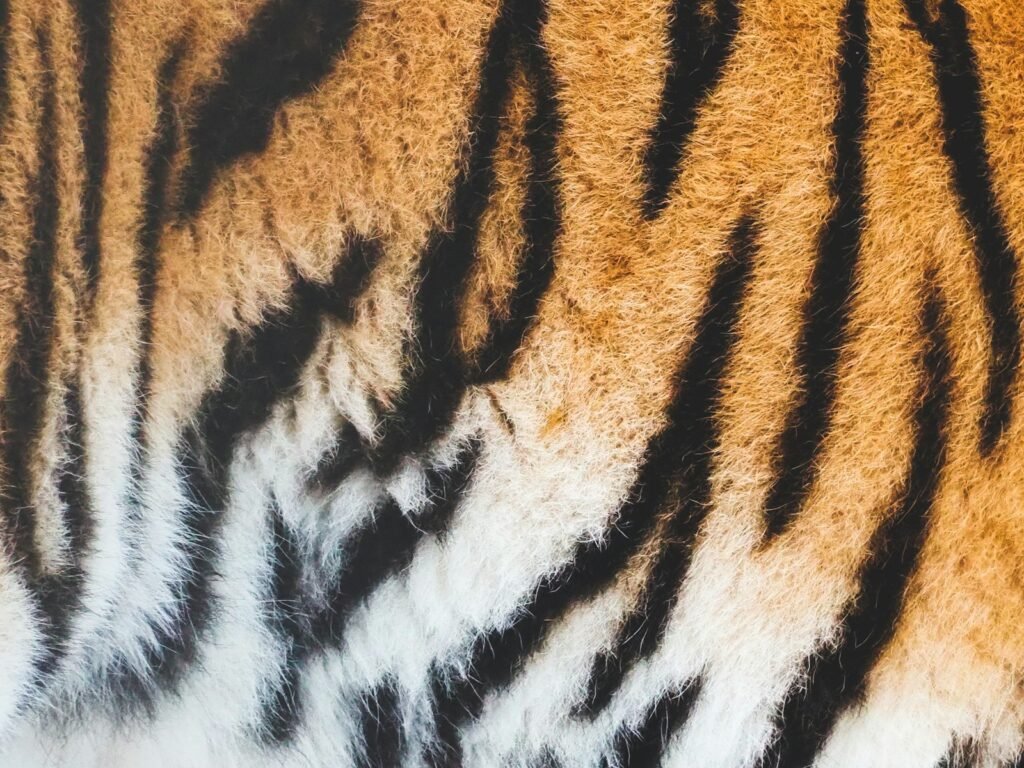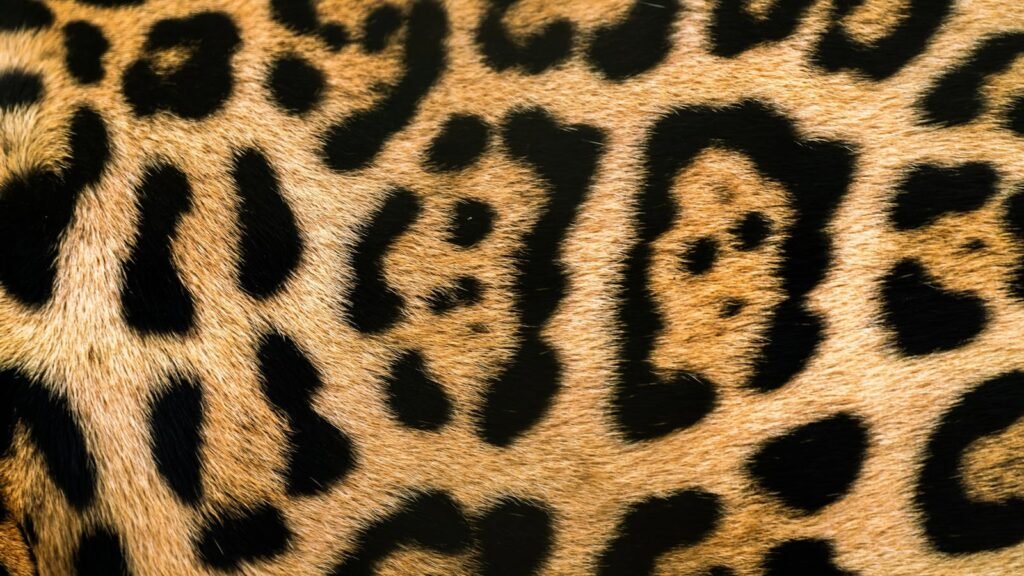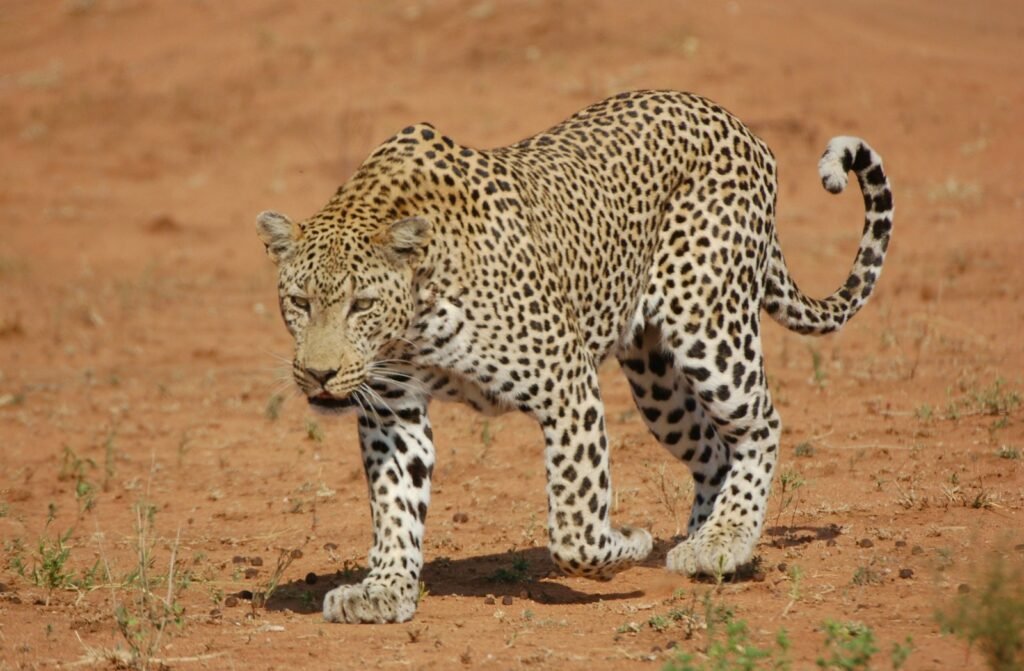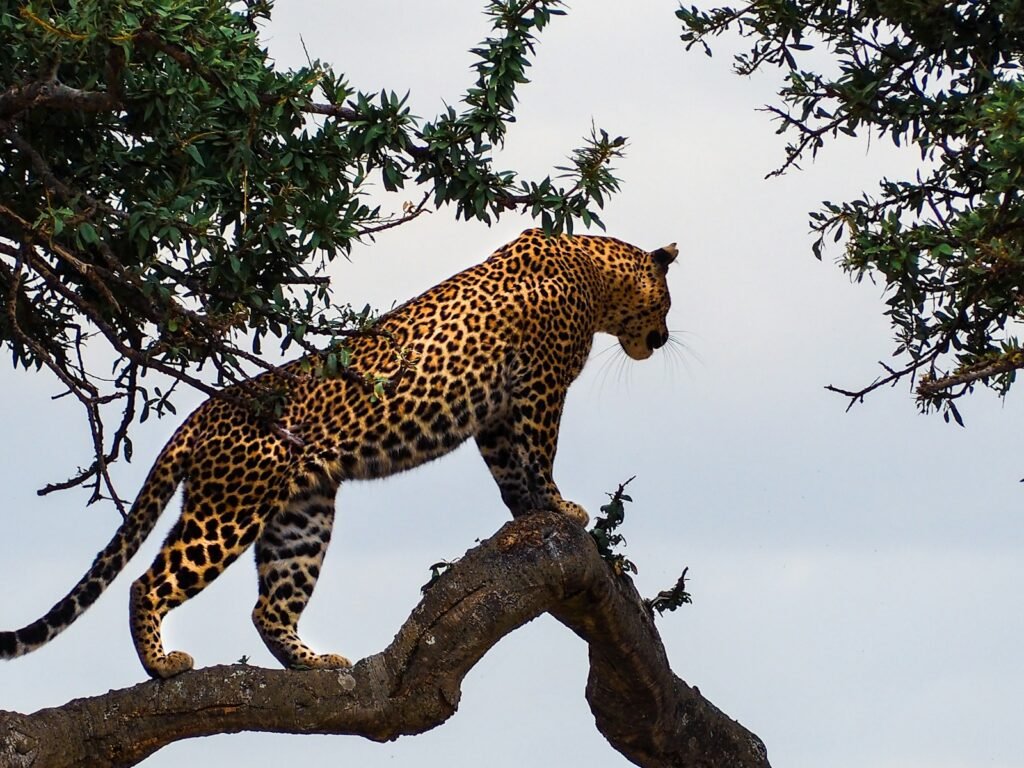Big cats have long captivated human imagination with their strength, grace, and exotic beauty. Their skins, often regarded as symbol of luxury and status, are in high demand across the globe. These magnificent animals, including tigers, leopards, and jaguars, are frequently targeted for their fur, despite international laws against such practices.
Cultural Significance and Status Symbol

The skins of big cats have held cultural importance for centuries in many societies. In some cultures, wearing or possessing a big cat skin is seen as a sign of wealth, power, or spiritual significance. This cultural reverence continues to drive demand, making big cat skins a status symbol among affluent individuals.
The Role of Traditional Medicine

In traditional medicine systems, particularly in parts of Asia, various parts of big cats are believed to possess healing properties. The fur, for example, is sometimes used in concoctions intended to cure ailments or bring good fortune. Despite scientific evidence to the contrary, these beliefs sustain illegal poaching activities.
Fashion and Decorative Uses

Beyond cultural and medicinal uses, the fashion industry has also contributed to the demand for big cat skins. Designers have incorporated these exotic furs into clothing, accessories, and home décor products, appealing to consumers attracted by their exotic allure and scarcity.
Economic Incentives for Poachers

For many poachers, economic hardship often makes illegal hunting a tempting option. The high black-market value of big cat skins provides significant financial incentive for individuals in regions where economic opportunities are limited. This creates a continuous cycle of poaching and illegal trade.
Challenges in Law Enforcement

Despite international efforts to curb poaching, enforcement of wildlife protection laws is fraught with challenges. Corruption, lack of resources, and insufficient training among law enforcement personnel often hinder efforts to stop poaching and trading networks, allowing the illegal trade to flourish.
Impact on Big Cat Populations

The illegal poaching of big cats for their skins has a devastating impact on their populations. Many species are already endangered or critically endangered due to habitat loss and human-wildlife conflict. Continued poaching exacerbates these threats, pushing some species closer to extinction.
Conservation Efforts and Awareness

Efforts to combat poaching include stringent laws and international agreements such as CITES (the Convention on International Trade in Endangered Species of Wild Fauna and Flora). Conservation organizations also focus on raising awareness about the plight of big cats and the importance of preserving these majestic creatures for future generations.
Community Engagement and Education

Engaging local communities in conservation efforts forms a crucial component of anti-poaching strategies. Education programs that emphasize the ecological and economic benefits of protecting big cats have shown promise in shifting local perspectives and reducing poaching incidences.
Future Outlook

The fight against big cat poaching remains a significant challenge, calling for coordinated efforts at local, national, and international levels. By strengthening law enforcement, fostering community partnerships, and addressing underlying economic drivers, there is hope to curb the illegal trade and preserve big cat populations for future generations. Ultimately, global awareness and commitment are vital in ensuring the survival of these extraordinary creatures.

Suhail Ahmed is a passionate digital professional and nature enthusiast with over 8 years of experience in content strategy, SEO, web development, and digital operations. Alongside his freelance journey, Suhail actively contributes to nature and wildlife platforms like Feline Fam, where he channels his curiosity for the Feline into engaging, educational storytelling.
With a strong background in managing digital ecosystems — from ecommerce stores and WordPress websites to social media and automation — Suhail merges technical precision with creative insight. His content reflects a rare balance: SEO-friendly yet deeply human, data-informed yet emotionally resonant.
Driven by a love for discovery and storytelling, Suhail believes in using digital platforms to amplify causes that matter — especially those protecting Earth’s biodiversity and inspiring sustainable living. Whether he’s managing online projects or crafting wildlife content, his goal remains the same: to inform, inspire, and leave a positive digital footprint.






